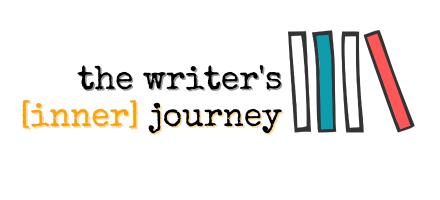In this series of stuck/unstuck, contributors from Dancing at the Shame Prom on being ashamed, and how it connects to writing.
Victoria Zackheim is a creative across many genres: fiction, nonfiction, plays, television. She is a writer, teacher, editor and a 2010 San Francisco Library Laureate. Her book – as author or editor – include: The Bone Weaver, He Said What?: Women Write About Moments When Everything Changed, The Other Woman: Twenty-one Wives, Lovers, and Others Talk Openly About Sex, Deception, Love, and Betrayal, For Keeps: Women Tell the Truth About Their Bodies, Growing Older, and Acceptance, The Face in the Mirror: Writers Reflect on Their Dreams of Youth and the Reality of Age, and Exit Laughing: How We Use Humor to Take the Sting Out of Death. http://www.victoriazackheim.com/bio.htm
I said/asked: Shame is kind of sticky – as a concept and a something that we live with in our lives. The more we try to shake it, the more we’re reminded of it, and how we feel it, and that that we don’t like it. And then feeling stuck in it. However, much depth can come in writing from being with feelings that make us feel out of control–like shame. So how do we hold that close, while writing, and how do we tolerate the feelings we’ve so often tried to avoid? Because doing so can enable us to not only create, but to heal.
by Victoria Zackheim
Shame is one of those profound emotions that picks us up by the skin and shakes us until we bleed. In the case of writers, we bleed onto the page. In my writing courses, I tell my students that writing about that which we’ve spent a lifetime avoiding takes more than scratching the surface. Sure, we can get dirt under our nails, but isn’t that almost the same as avoiding the subject, with a glance in its direction? I urge my students to scratch…and then dig, using a sturdy shovel. When the ground is broken and a scattering of bones and sinew is exposed, it’s time to hop onto the five-ton excavator and exhume our history.
How do we hold emotions close while writing? Perhaps the question is: how do we not? I can’t recall the experience of writing about something painful, moving, traumatic without feeling absolutely overwhelmed by the weight of those emotions. Difficult? Yes. Necessary? You bet. For me, writing what I fear most, what I’ve avoided the longest, softens those encapsulated stones in my heart, releases them, and allows them to feed my creativity and heal my soul. When I was asked to write for Dancing at the Shame Prom, I decided to explore an experience I suffered at age ten, at the hands of a particularly sadistic teacher. What she said, what she had the other students do, devastated me…and stayed with me for decades. The decision to tell my story was terrifying. The process of writing that scene—one that I’d never even shared with my parents—resulted in a weight gain and more than a few sleep-deprived nights. When the piece was finished, however, when I realized that I was going to make public one of my most painful moments, I was reminded yet again that digging into our pain and sharing it with others is a powerful step toward freedom. The fact that I exposed the bitch responsible for my shame only added to that sense of liberation.

